Home>Renovation & DIY>Home Renovation Guides>How To Organize A Library


Home Renovation Guides
How To Organize A Library
Published: March 3, 2024
Discover expert tips for organizing your home library with our comprehensive home renovation guides. Transform your space with our step-by-step advice.
(Many of the links in this article redirect to a specific reviewed product. Your purchase of these products through affiliate links helps to generate commission for Storables.com, at no extra cost. Learn more)
Introduction
So, you've finally decided to organize your library. Congratulations! A well-organized library not only looks great but also makes it easier to find and enjoy your favorite books. Whether you have a small personal collection or a larger one, getting your books in order can be a rewarding and satisfying project. In this article, we'll guide you through the process of setting up and maintaining an organized library space. From sorting and categorizing your books to creating a catalog system, labeling, and shelving, we've got you covered. Let's dive in and turn that jumble of books into a well-organized and inviting library space!
Key Takeaways:
- Create a cozy reading nook and personalize your library space with artwork and plants to make it inviting and comfortable for enjoying your favorite books.
- Sort and categorize your books by genre, alphabetically, and consider subcategories to make it easy to find specific titles and create an organized and visually appealing library.
Read more: How To Organize A Classroom Library
Setting Up the Library Space
Setting up the library space is the first step in creating an organized and inviting area for your books. Here are some tips to help you get started:
-
Choose the Right Location: Select a quiet and well-lit area for your library. It could be a spare room, a corner of your living room, or even a dedicated bookshelf. The key is to pick a space where you can comfortably read and access your books.
-
Consider the Furniture: Invest in bookshelves, bookcases, or wall-mounted shelves to store your books. Make sure the furniture is sturdy and can accommodate your current collection as well as future additions.
-
Create a Cozy Reading Nook: If space allows, consider adding a comfortable chair, a reading lamp, and a small side table to create a cozy reading nook within your library. This will provide a comfortable spot to curl up with a good book.
-
Personalize the Space: Add personal touches such as artwork, decorative items, or plants to make the space feel warm and inviting. Consider adding a rug or curtains to enhance the ambiance of your library.
By setting up the library space thoughtfully, you can create a welcoming environment that encourages you to spend time with your books.
Sorting and Categorizing Books
Organizing your books by sorting and categorizing them is essential for easy access and a visually appealing library. Here's how you can tackle this task:
-
Purge Unwanted Books: Start by going through your collection and removing any books that you no longer want or need. Donate or sell these books to free up space and streamline your collection.
-
Sort by Genre or Topic: Group your books into categories based on their genre or topic. For example, you could have sections for fiction, non-fiction, mystery, science fiction, fantasy, history, biography, and so on.
-
Alphabetical Order: Within each category, arrange the books alphabetically by the author's last name or by the title. This makes it easier to locate specific books and creates a neat and organized look on the shelves.
-
Consider Subcategories: If you have a large collection within a particular genre, consider creating subcategories. For instance, within the fiction section, you could have subcategories for romance, thriller, and literary fiction.
-
Children's Books: If you have children's books in your collection, consider creating a separate section for them. You can further organize them by age group or genre to make it easier for young readers to find books they'll enjoy.
By sorting and categorizing your books, you'll not only make it easier to find specific titles but also create a visually appealing and well-organized library space.
Use a consistent system for organizing books, such as the Dewey Decimal Classification or Library of Congress Classification. This will make it easier for patrons to find what they’re looking for.
Creating a Catalog System
Creating a catalog system for your library is crucial for keeping track of your book collection. Here's how you can establish an efficient catalog system:
-
Choose a Cataloging Method: Decide on a cataloging method that works best for you. You can opt for a digital catalog using library management software or create a physical catalog using index cards or a notebook.
-
Enter Book Information: For each book, record essential details such as the title, author, genre, publication year, and any other relevant information. If using a digital catalog, you can also include book summaries, reviews, and personal notes.
-
Assign Unique Identifiers: Assign a unique identifier to each book, such as a barcode, ISBN, or library-specific code. This will help in quickly locating and identifying books within your catalog.
-
Organize the Catalog: Whether digital or physical, organize the catalog in a systematic manner. Alphabetical order, genre-based sections, or numerical codes can help streamline the catalog and make it user-friendly.
-
Update Regularly: Regularly update the catalog as you add new books to your collection or remove old ones. This ensures that your catalog remains accurate and up-to-date.
By creating a comprehensive catalog system, you'll have a clear overview of your library's contents, making it easier to manage and locate specific books when needed.
Labeling and Shelving Books
Properly labeling and shelving your books is the key to maintaining an organized and easily accessible library. Here's how to tackle this crucial aspect of library organization:
-
Use Clear and Consistent Labels: Invest in clear, easy-to-read labels for your bookshelves. Whether you opt for printed labels, handwritten tags, or adhesive labels, ensure that the text is legible and consistent across all shelves.
-
Label by Category and Subcategory: Create labels for each category and subcategory of books in your collection. For example, if you have sections for fiction, non-fiction, and various genres, label each section accordingly. Subcategories such as mystery, science fiction, or biography should also have clear labels.
-
Consider Labeling by Author's Last Name: Within each category, consider labeling the shelves alphabetically by the author's last name or by the title of the book. This method makes it easier to locate specific books and maintains a tidy appearance.
-
Utilize Shelving Accessories: Invest in shelving accessories such as bookends, dividers, or baskets to keep books upright and organized. Bookends are particularly useful for preventing books from leaning or toppling over, while dividers can help separate different sections within a category.
-
Implement a Logical Shelving System: Arrange your books in a logical order that makes sense to you. This could be alphabetical by author, by genre, or even by color for a visually striking display. The key is to maintain consistency and ensure that you can easily locate any book in your collection.
-
Leave Room for Growth: As you shelve your books, leave some empty space for future additions. This prevents overcrowding and allows you to seamlessly integrate new books into your existing shelving system.
By effectively labeling and shelving your books, you'll not only create an aesthetically pleasing library but also make it effortless to find and retrieve any book in your collection.
Read more: How To Build A Library Ladder
Maintaining and Updating the Library
Maintaining an organized library is an ongoing process that requires regular attention and care. Here are some essential tips for keeping your library in top shape and ensuring that it remains a functional and enjoyable space:
-
Regular Dusting and Cleaning: Dust can accumulate on bookshelves and books themselves, so it's important to dust your library regularly. Use a soft cloth or duster to gently remove dust from the shelves and books, taking care not to damage the covers or pages.
-
Inspect for Damage: Periodically inspect your books for any signs of damage, such as torn pages, loose bindings, or water damage. Address any issues promptly to prevent further deterioration and preserve the quality of your collection.
-
Rotate Books: To prevent books from developing permanent creases or fading due to prolonged exposure to sunlight, consider rotating them periodically. This also gives you the opportunity to showcase different books and keep the library space feeling fresh.
-
Update Your Catalog: As you acquire new books or remove old ones from your collection, be sure to update your catalog system accordingly. This ensures that your catalog remains an accurate reflection of your library's contents, making it easier to locate specific titles.
-
Reevaluate Organization: Over time, your reading preferences and collection may evolve. Periodically reevaluate the organization of your library and make adjustments as needed. You may find that certain categories need to be expanded, consolidated, or reorganized to better suit your current interests.
-
Implement a Reading Log: Consider keeping a reading log or journal to track the books you've read and your thoughts about them. This can be a valuable resource for reflecting on your reading habits and preferences, as well as for recommending books to others.
By regularly maintaining and updating your library, you can ensure that it remains a cherished and functional space for enjoying and sharing your love of books.
Frequently Asked Questions about How To Organize A Library
Was this page helpful?
At Storables.com, we guarantee accurate and reliable information. Our content, validated by Expert Board Contributors, is crafted following stringent Editorial Policies. We're committed to providing you with well-researched, expert-backed insights for all your informational needs.


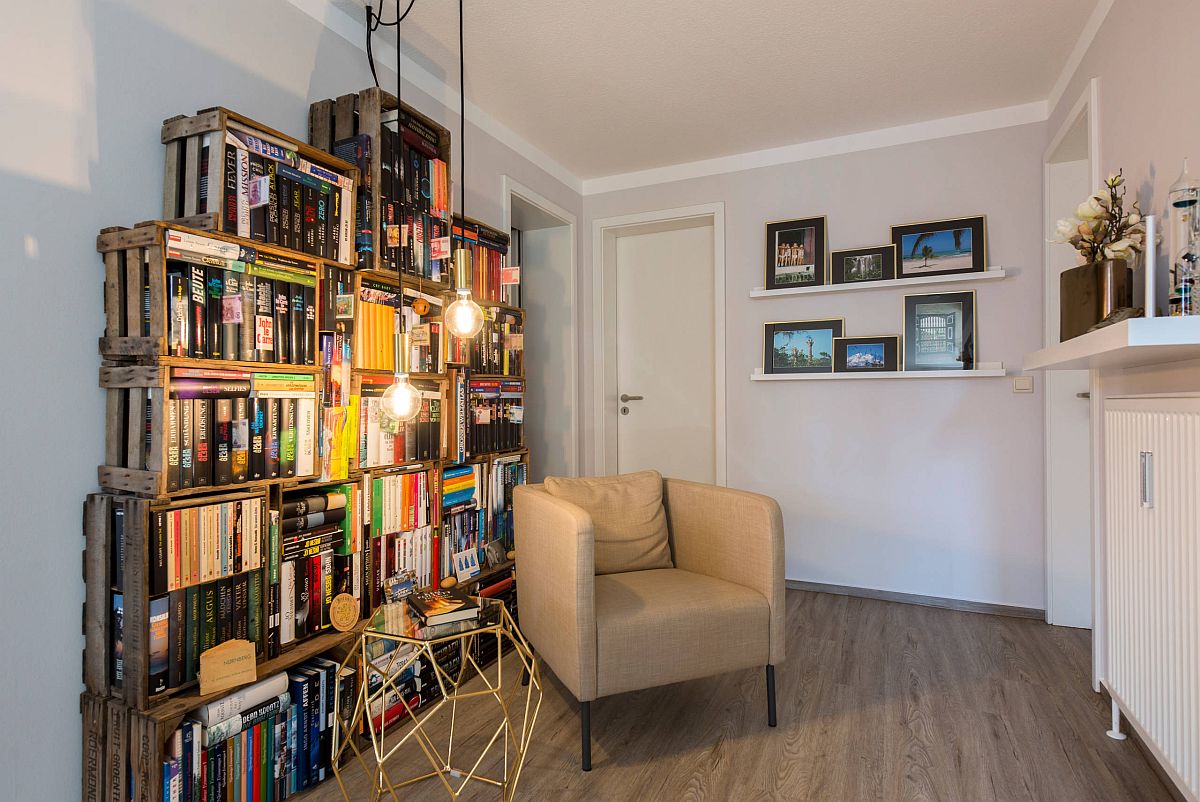

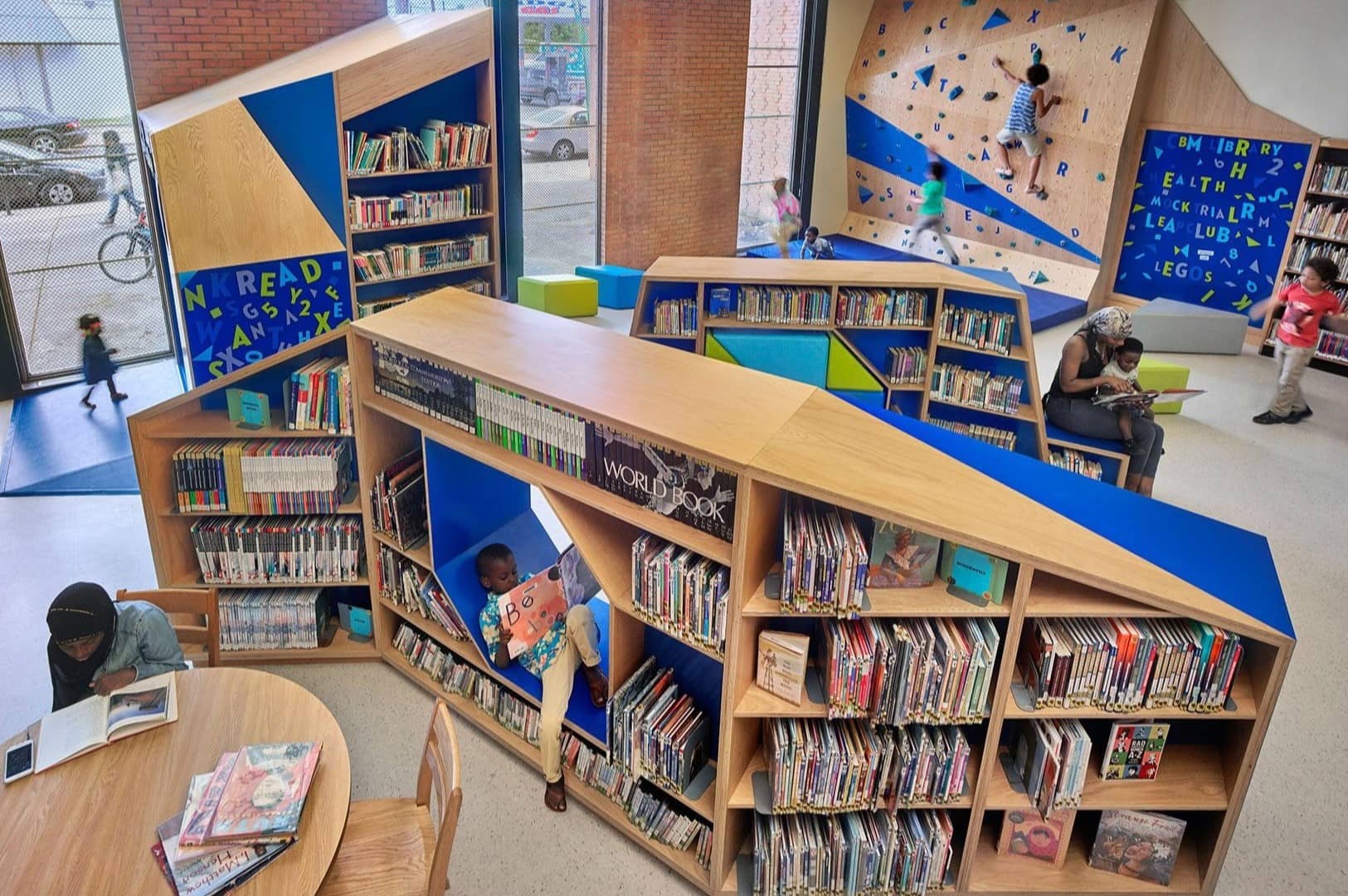
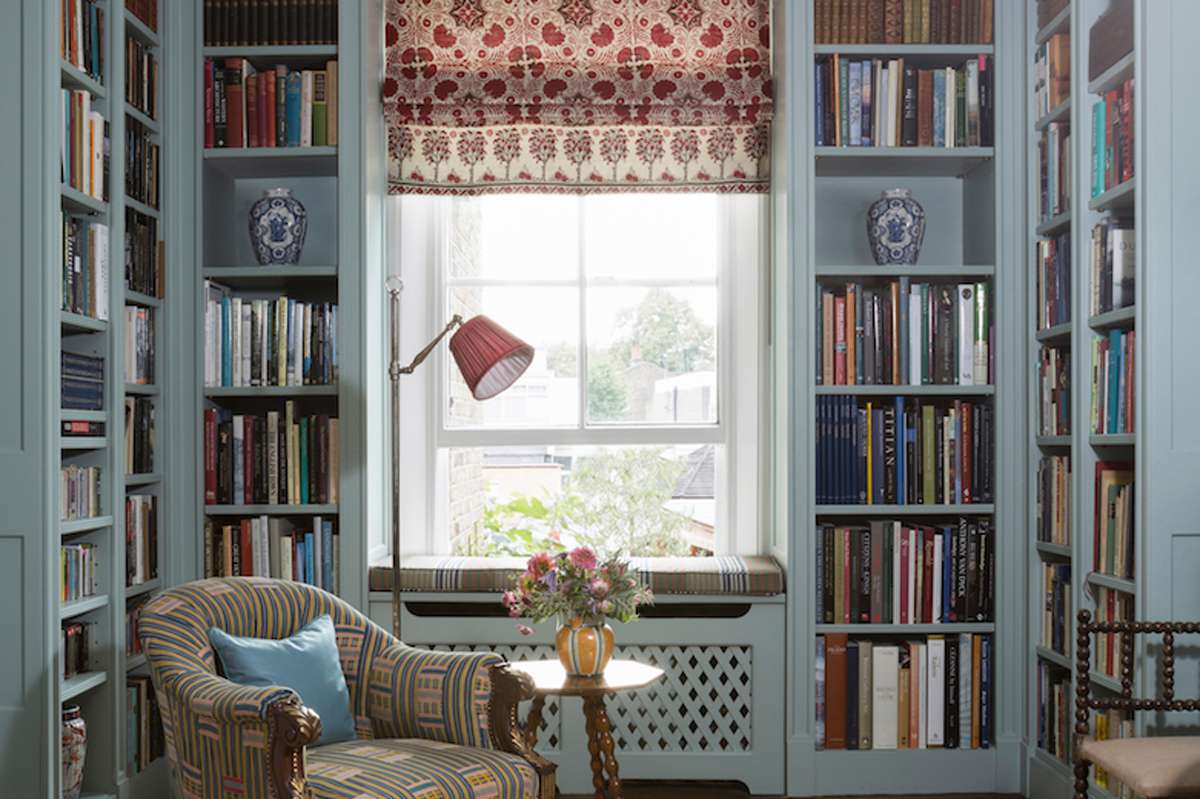
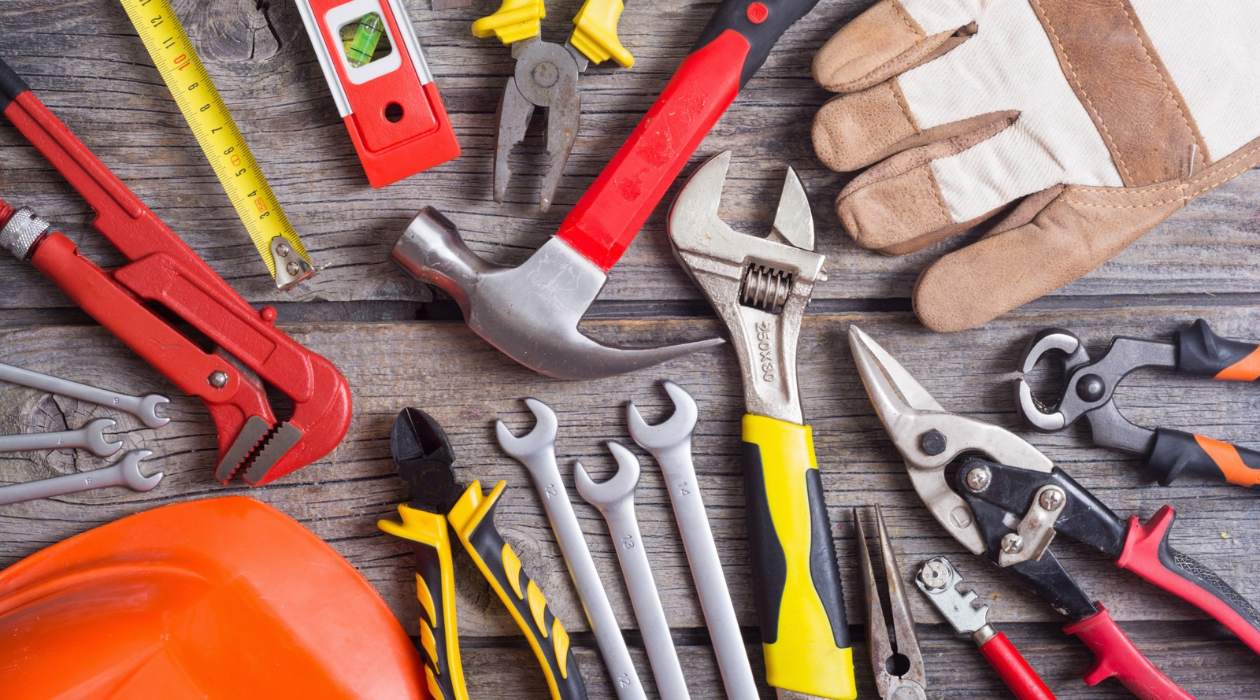
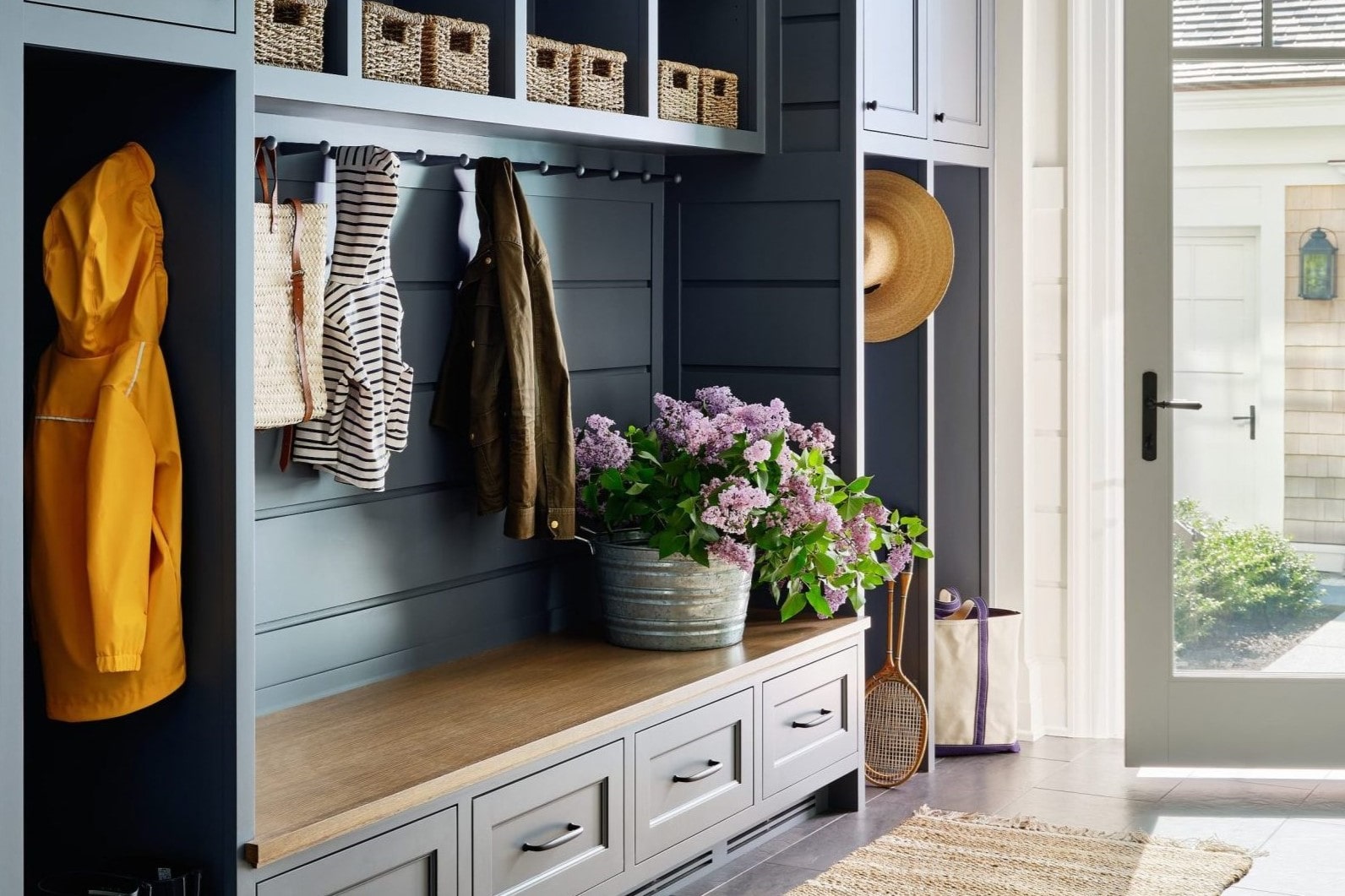
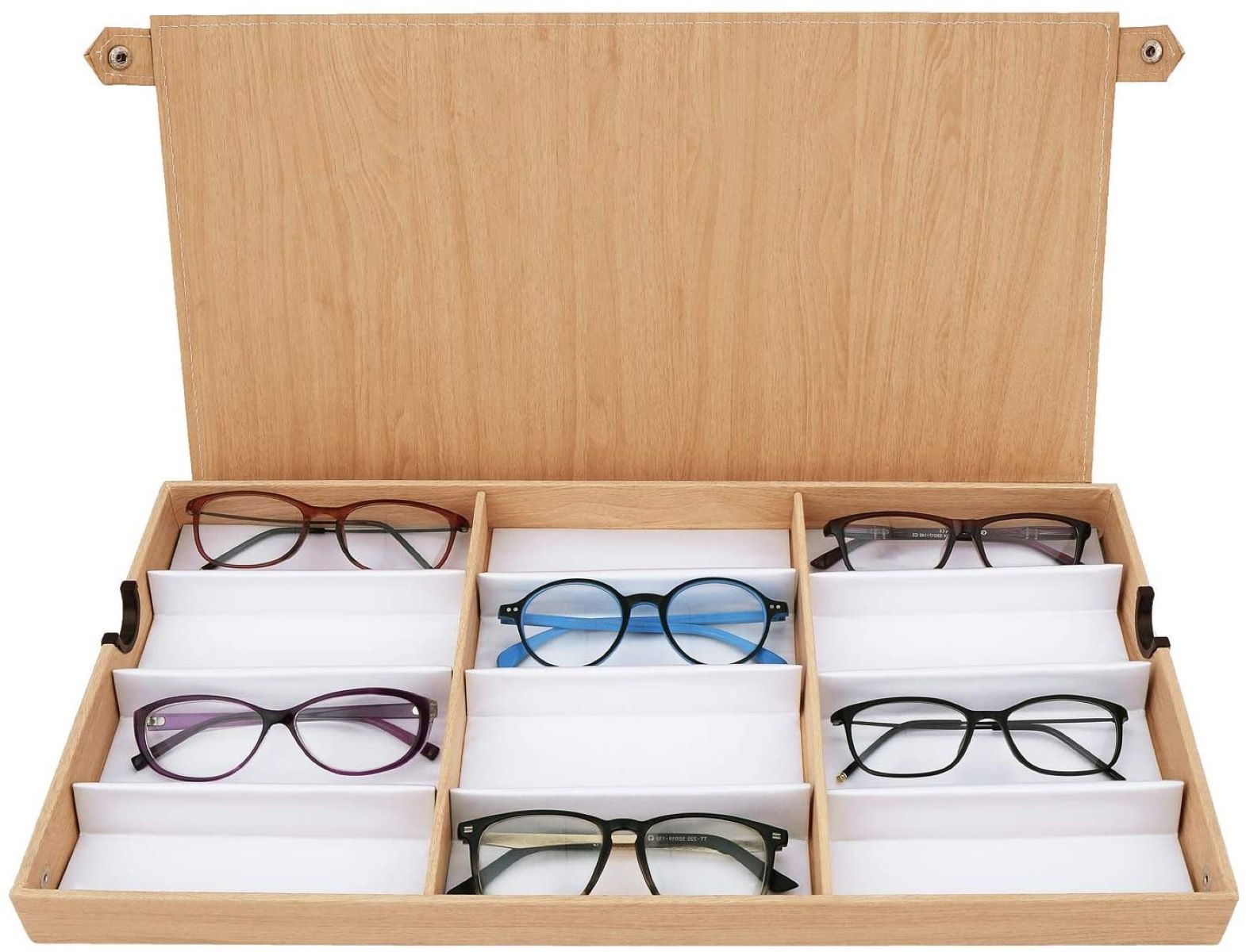
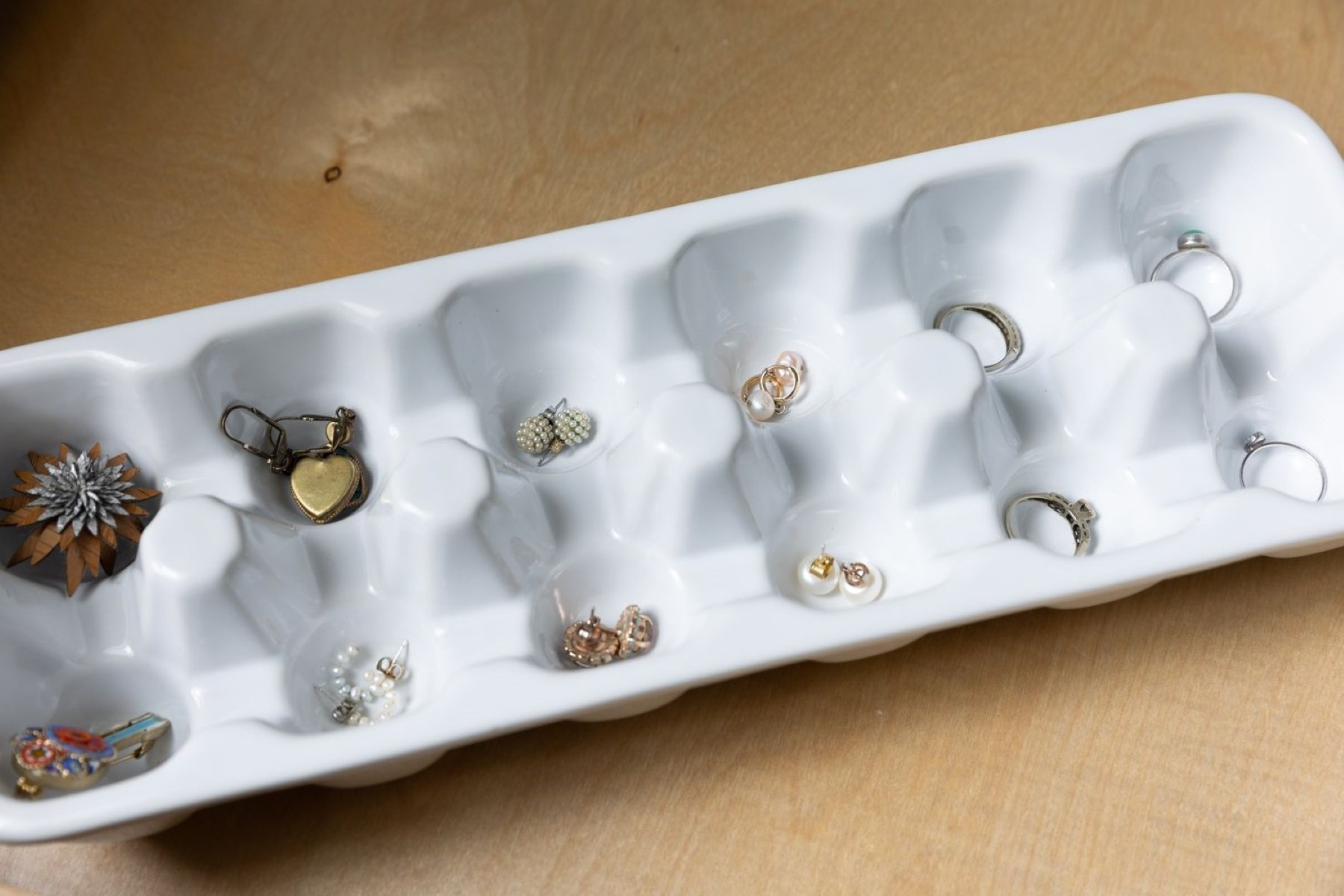

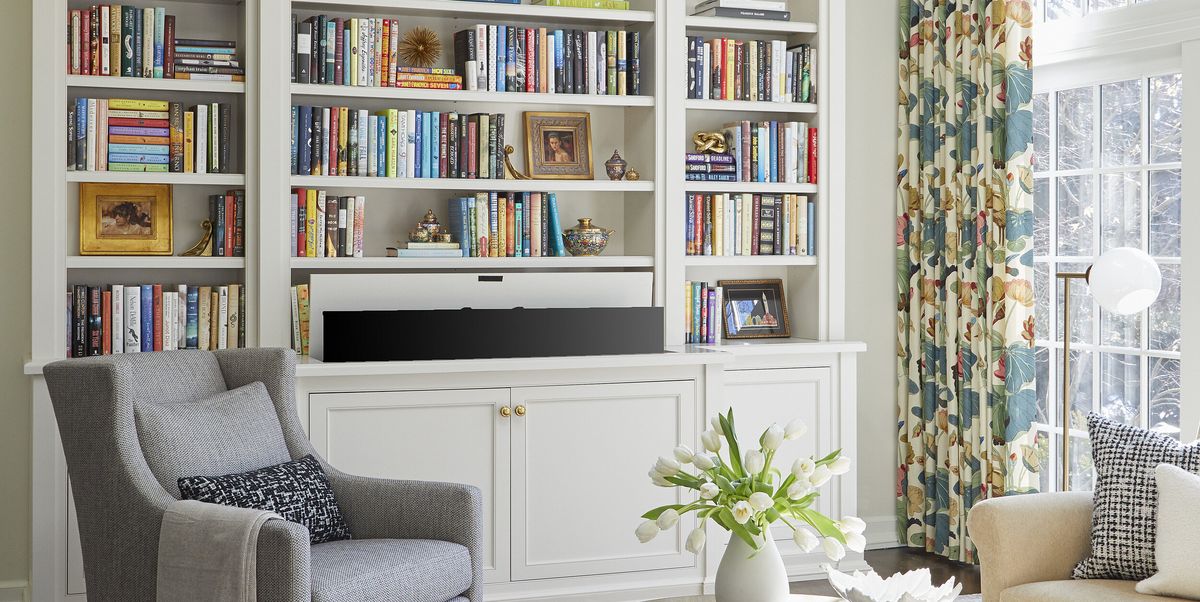
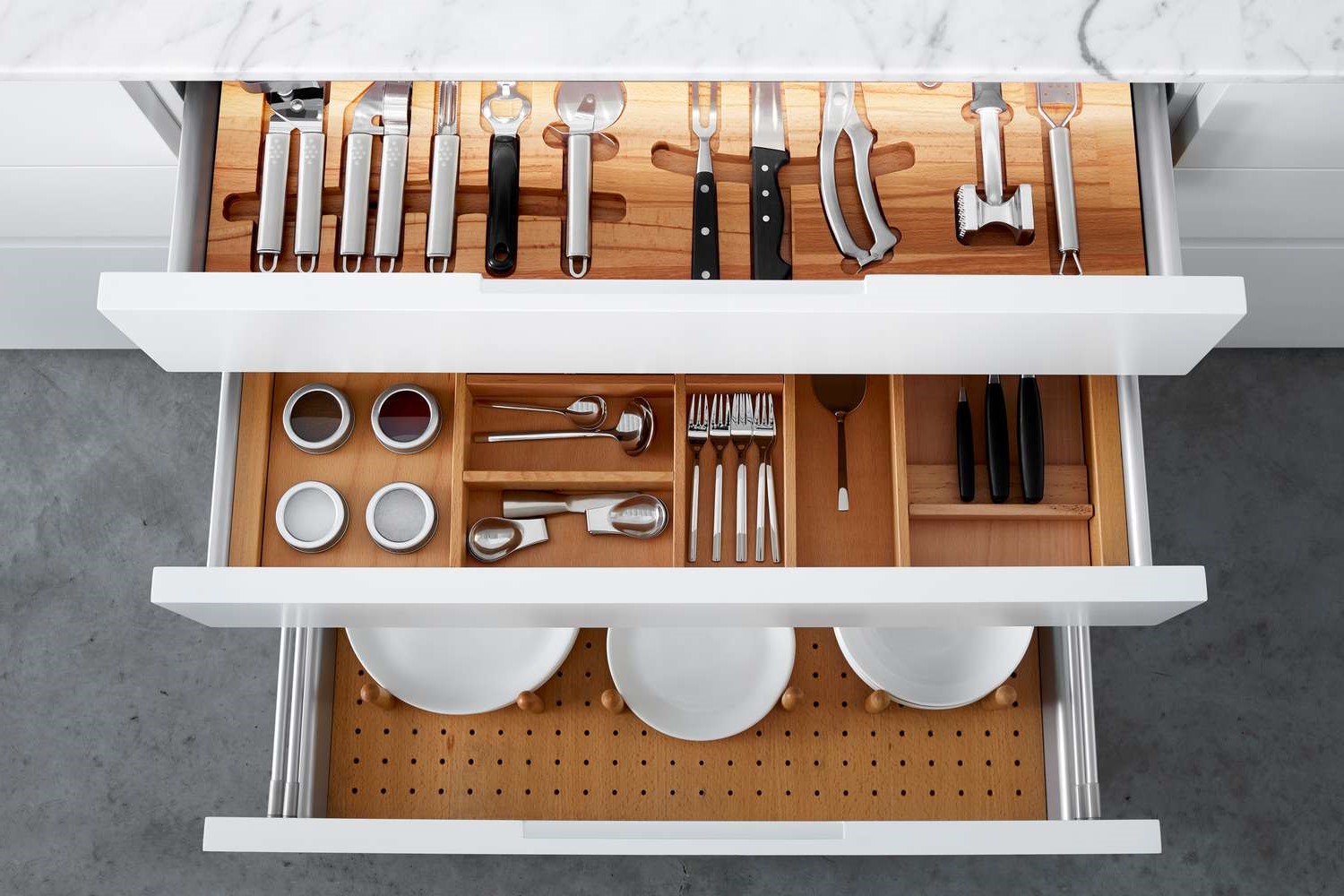
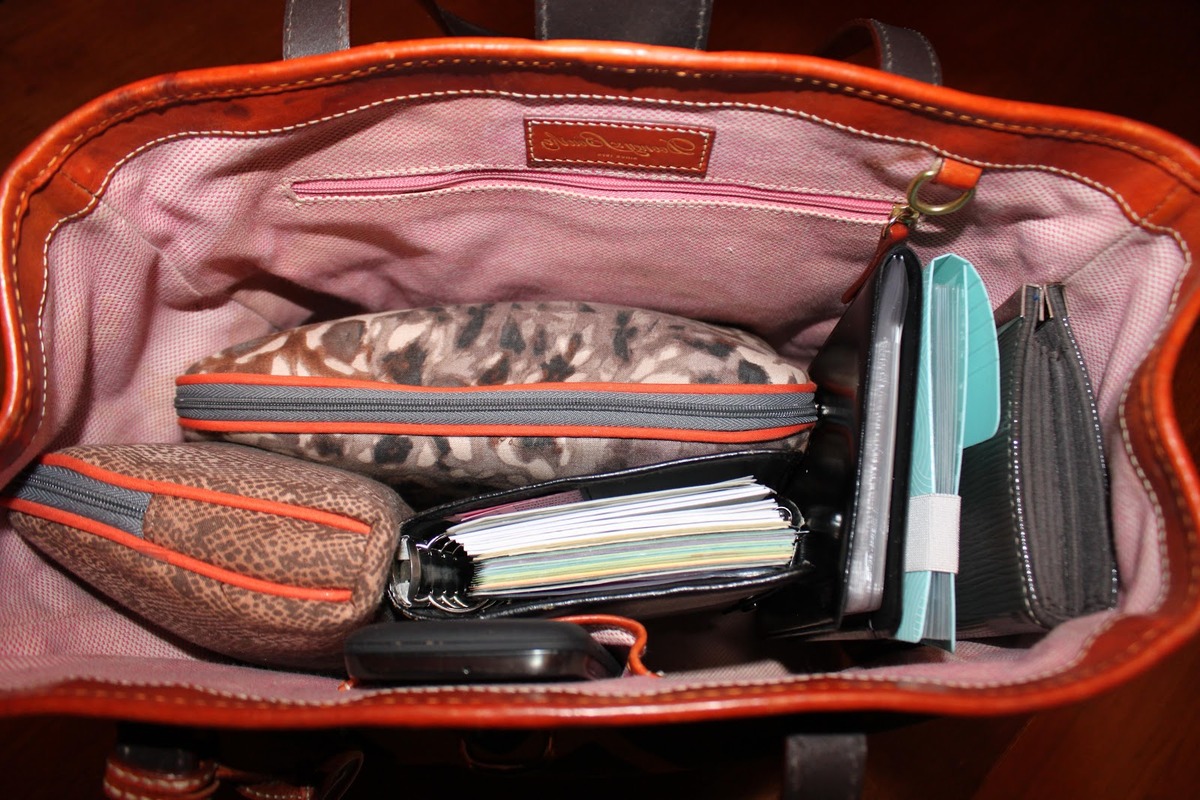

0 thoughts on “How To Organize A Library”